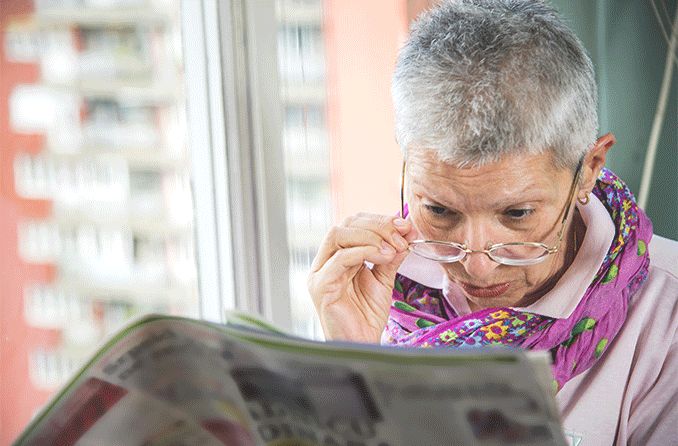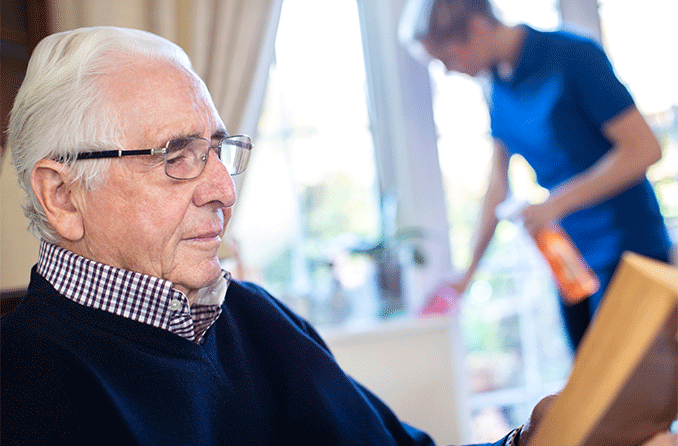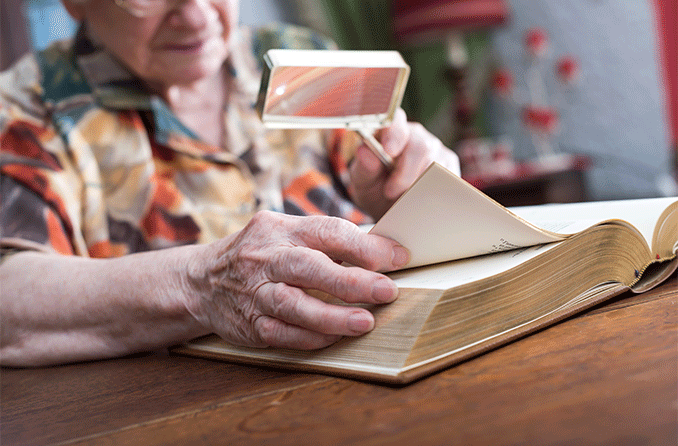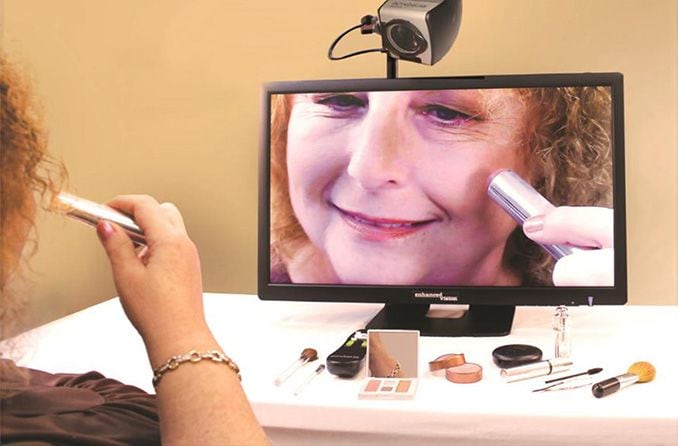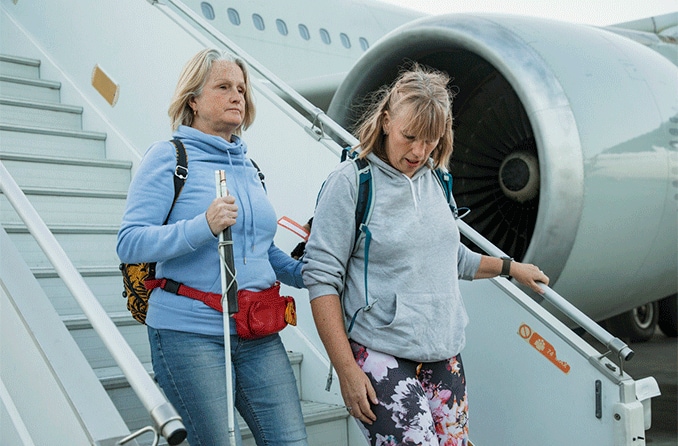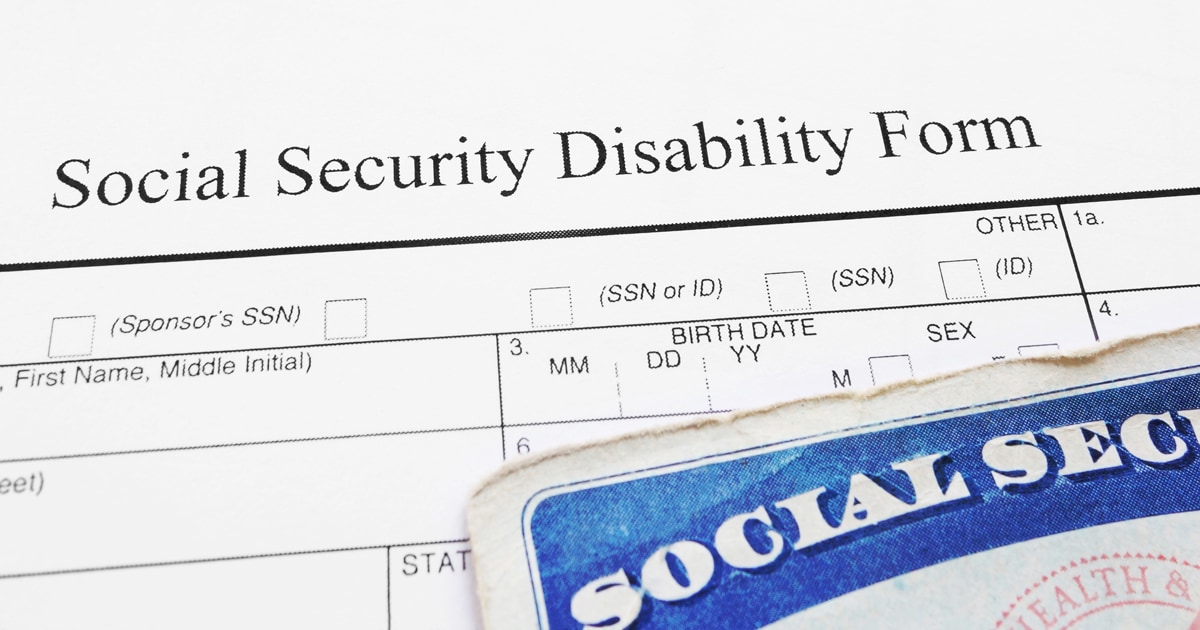Understanding the vision problem
First and foremost, you need to understand the condition at hand. Helping the senior you care for understand their visual impairment is also important.
What is low vision?
Low vision is a type of visual impairment that affects someone’s visual acuity (sharpness of vision). Those who have low vision have a visual acuity of 20/70 or worse, even after corrective measures such as eyeglasses or contact lenses.
Low vision can also be caused by a severe reduction of peripheral vision. In addition, those with low vision may experience decreased contrast sensitivity. Low vision is sometimes called “moderate visual impairment.” However, a low vision classification can include a range of visual impairment.
Low vision is permanent and is not correctable with eyeglasses, contact lenses, medication or surgery.
Types of low vision
There are several types of low vision that a senior may experience. The most common are:
General, uncorrectable blurred vision
Central vision loss (inability to see objects in the center of your vision)
Peripheral vision loss (inability to see out of the sides of your visual field/corners of your eyes)
Night blindness (inability to see things in low or dim lighting)
What causes low vision?
Knowing what causes an individual’s low vision is also important to establishing their eye care routine and precautions.
Seniors may face a number of other vision problems that contribute to low vision. Some of the most common causes include the following underlying conditions:
Cataracts — causes filmy or blurred vision
Glaucoma — can cause the loss of peripheral vision
Age-related macular degeneration (AMD)— central vision loss can occur with this condition
Diabetic retinopathy — spotty vision may occur with this condition
One or more of these conditions can cause a senior to have vision impairment. Knowing the symptoms of an impairment can help you recognize pain points and learn how to navigate them.
For example, if a senior has glaucoma and loses their peripheral vision, they will need assistance seeing things to the left and right of their central vision.
It’s worth noting that these vision problems are not uncommon; as many as 3.5 million people over the age of 40 experience vision loss, usually due to age-related causes, according to the Family Caregiver Alliance.
